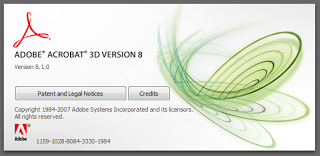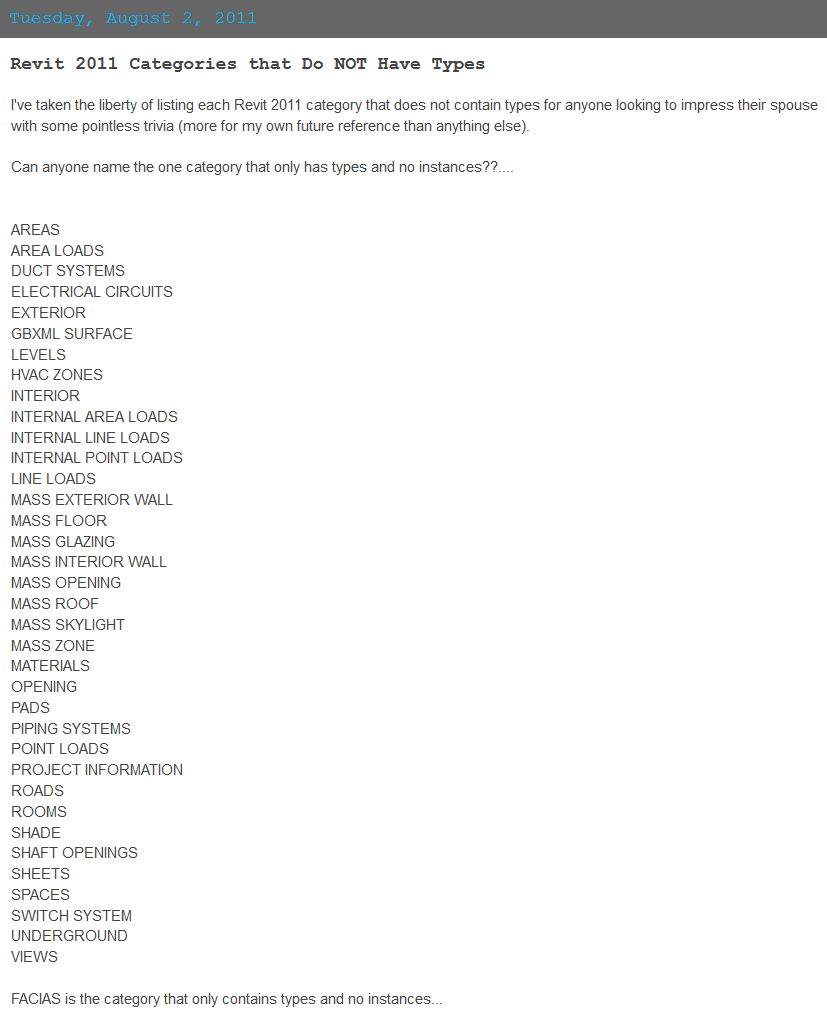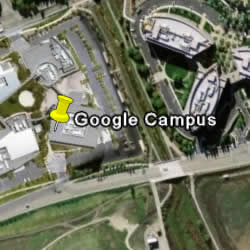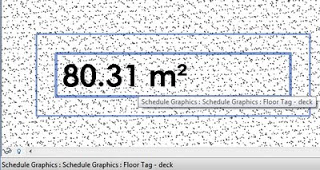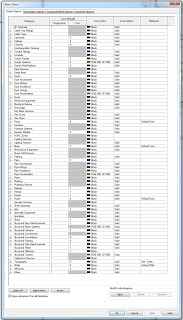Yes – it can be done! The program you need is called Adobe Acrobat 3D Version 8. It is very hard to find a download link, as this program has been superseded (by what would seem to be less powerful version/s). Look for a file called Acro3D80_efg.exe. It can be installed as a trial. Trust me, it is worth it. This is one powerful piece of software.
- Download Adobe Acrobat 3D Version 8.
- Install (as a Trial, if you don’t have the serial). It is functional for 30 days.
- Open DWF file – it will automatically convert to 3D PDF.
- Save as PDF file.
Here is one download link I found for this file:
http://te.hu/download/adobe/demo/acrobat/acro3D80_efg.zip
A set of hashes for the file are:
File: Acro3D80_efg.exe
CRC-32: d0c02103
MD4: 1524e7773eb8609d3433a5c7f997f0ad
MD5: 3102b53090dc58350eca2c3e6b4fb17e
SHA-1: f9488c4b6e79fedc9eec54edb5f0e991c7d8d21f
When you install Adobe Acrobat 3D Version 8, another program called Adobe Acrobat 3D Toolkit is also installed. It is also seems to be quite powerful for converting 3D files and creating 3D PDFs.
You may also be interested interested in my previous post:
Create 3D PDF files from Autodesk Revit for free
Links that you may find useful with regard to Revit and 3D PDF
Post showing Acrobat newer versions lost the powerful functionality of Version 8:
http://forums.adobe.com/thread/299546?tstart=1
Adobe blog post about using 3D capture and Revit:
http://blogs.adobe.com/acrobatforaec/2007/06/how_to_get_autodesk_revit_mode.html
Original blog post that got me thinking about this:
http://revitoped.blogspot.com/2011/07/application-development-building-case.html
Adobe 3D version 8 update page:
http://www.adobe.com/support/downloads/detail.jsp?ftpID=3859
Original post that got me headed in the right direction:
http://www.rugsyd.com.au/forum/viewtopic.php?f=12&t=623

